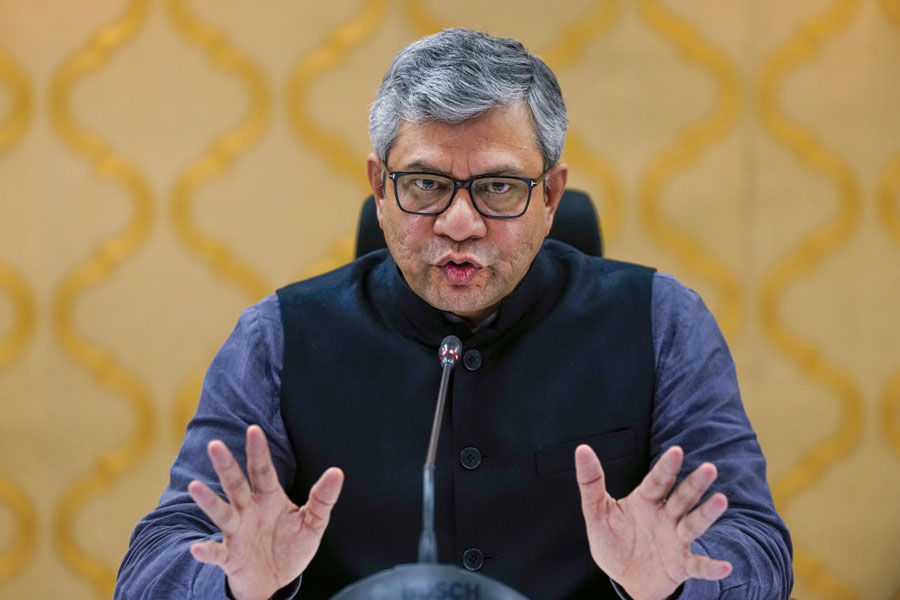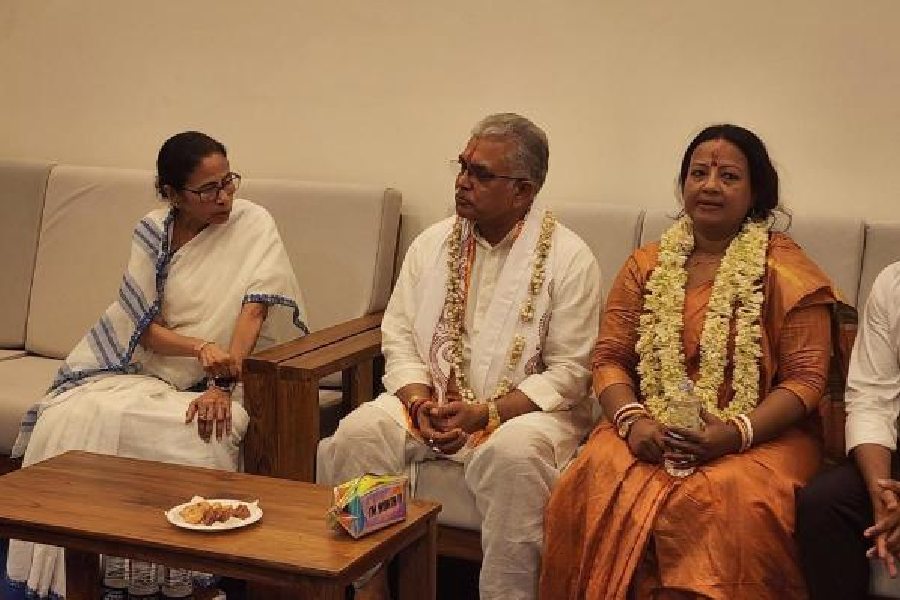Shillong, April 6: Reports of the comptroller and auditor-general (CAG) have started creating waves all over the country following the exposure of an assortment of irregularities at different levels of governance.
Maharashtra is on the boil even though the CAG report is yet to be tabled in the Assembly. Apparently, the report has pointed out some glaring lapses in land management in the state.
In the Northeast, too, vigilant citizens seriously view the CAG reports.
Recently, even the Shillong bench of Gauhati High Court took suo motu cognisance of a comprehensive account on the lack of pollution control measures in the state.
On the contrary, the government has been accused of being lackadaisical even to respond to audit queries.
Despite the seriousness of such yearly reports, the CAG report for the year ending March 31, 2011, blatantly said, “Lack of response to audit, indicated inaction on the part of the departments concerned. They in turn was responsible for the recurrence of serious irregularities and loss to government even after being pointed out in audit.”
The report also pointed out that the Meghalaya Financial Rules, 1981, provides for prompt response by the executive to the inspection reports issued by the accountant general (audit) to ensure rectification action in compliance with the prescribed rules and procedures and accountability for the deficiencies and lapses noticed during inspection.
Further, the report said heads of offices and the immediate higher authorities are required to comply with the observations contained in the inspection reports and rectify the defects and omissions promptly and report their compliance to the accountant general.
“Serious irregularities are also brought to the notice of the heads of the departments by the accountant-general through a half-yearly report in respect of pending inspection reports to facilitate monitoring of the audit observations and for taking appropriate corrective action,” the report added.
During 2010-11, four audit committee meetings were held, wherein 330 audit paragraphs relating to transactions of civil and works departments were discussed and 297 paragraphs settled.
At the end of March 2011, 827 inspection reports involving 3,272 paragraphs pertaining to the period 1989-90 to 2010-11 were outstanding.
The report recommended that the government should revamp the system to ensure proper and quick response of the departments to audit observations within a time period. “This would reduce the occurrence of financial irregularities and lapses and help in streamlining administrative and financial systems, thereby, leading to better governance practises,” the report said. Moreover, the CAG report, after it is tabled in the House, is referred to the Public Accounts Committee (PAC) of the Assembly for scrutiny.
In July 1993, the committee issued instructions for submission of suo motu explanatory notes by the concerned administrative departments within one month of presentation of the audit reports to the state legislature.
“Review of outstanding explanatory notes on paragraphs included in the CAG report for the year ending March 31, 2009, revealed that the concerned administrative departments were not complying with these instructions. As of March 2011, suo motu explanatory notes on seven out of 24 paragraphs of this audit report were awaited from various departments,” the report said. Further, the administrative departments were required to take suitable action on the recommendations made in the Public Accounts Committee reports presented to the Assembly.
Following the circulation of the committee reports, the departments were to prepare action taken notes, indicating the action taken or proposed to be taken on the recommendations of the Public Accounts Committee and submit the same to the Assembly secretariat. The committee specified the time frame for submission of such action taken notes as six weeks up to 32nd report, and six months in 33rd report.
Review of the 14 Public Accounts Committee reports involving 13 departments (containing recommendations of 54 paragraphs of audit reports) presented to the Assembly between April 1995 and December 1997 (10 reports), in June 2000 (one report), April 2005 (one report), April 2007 (one report) and March 2010 (one report) revealed that none of these departments had sent the action taken notes to the Assembly secretariat as of March 2011.
“Thus, the fate of the recommendations contained in the said reports and whether they were being acted upon by the administrative departments could not be ascertained in audit,” the report said.










